Butterfly Weed vs. Tropical Milkweed
kellybird02
14 years ago
Featured Answer
Sort by:Oldest
Comments (39)
butterflyman
14 years agolast modified: 9 years agokaren829
14 years agolast modified: 9 years agoRelated Discussions
Looking for Mexican Butterfly weed & other tropical like seeds
Comments (4)Barb, I have lots of tropical milkweed seeds as well as others that I grow in slightly alkaline soil. I also have Tropical Bird of Paradise(Caesalpinia gilliesii) seeds if you want some...it is the yellow flowered with red stamin. Check out my list & let me know if you want to swap...I'm looking for BF host plants. Here is a link that might be useful:...See Morehave you heard this about Tropical Milkweed and Monarchs?
Comments (3)I've been raising Monarchs for nearly 10 years and my property is a Monarch Waystation and yes I've heard this about tropical milkweed. There may be problems growing in the southern zones where Asclepias curassavica is perennial but not here in zone 6 (in my experience). Our season just isn't long enough - often the tropical milkweed doesn't even have enough time to produce mature seed pods, before it's killed with a hard frost. What's more, as soon as it gets cold at night the Monarchs are out of here pronto (usually around late Sept/early October). There is no chance whatsoever they are going to hang around because of the tropical milkweed. I grow common, swamp, purple, and orange (butterfly weed) milkweeds and it is a finicky genus - not all species do well every year, it is a target for insects, and it randomly dies back, so I grow a fair amount of the tropical because it attracts egg laying females to the garden. I then collect the eggs and raise them on whatever cuttings are doing well, the caterpillars are adaptable, and if I've got a lot of hungry 5th instar caterpillars to feed, will sometimes collect extra common milkweed cuttings from wild sources....See MoreHelp with tropical milkweed
Comments (11)(Ooops...sorry: this pic goes down below, but I can't figure out how to move it!) NEW POST STARTS HERE: :) Gosh, I'm having such a difficult time of this -- is there such a thing as an infected bed? Last weekend, I planted a 3-gallon asclepias tuberosa. The weather has finally cooled down into the 70s-80 high, nights 50s. It was doing great until just this morning: I noticed yellowed leaves with spots on them: These spots look similar the ones on my Esperanza which is planted ~ 20' to the right. While my Esperanza is somewhat shaded by the neighbor's oak, the milkweed gets full sun from morning til 4 p.m. (this time of year). My first thought was: too much water? I poked my finger into the dirt: cool to the touch and slightly damp, but not soaked. I also noticed that the milkweed leaves were all droopy: We were away yesterday, so skipped watering. I gave it a good dousing today, and the leaves immediately perked up. So, now I'm confused about what's causing the spots, as the plant doesn't appear overwatered (based on today's drooping). Many of the leaves have halo-looking lesions/spots on the top only, with no discernible issues on the underside: ...while other leaves are damaged on both upper and lower surfaces: BTW, the red pentas are flowering, and most of the leaves look okay; but over the summer, it's apparent (by the leaves) that something hit them, too: For reference, a look at the bed (area shown is ~ 32' l-r): I think that plant to the left is an angelonia -- purchased ~ 5 years ago, so I can't remember...small purple blossoms (see pic at beginning of post). It's carefree and doing fine -- it anything, is suffers from too little water. We planted the gardenia ~ 20 years ago -- I do nothing to it, and it's perfectly fine (though the two right branches seem to be protesting a bit lately...starting to green up again). Any help would be greatly appreciated. As the Monarchs are starting to lay eggs on the milkweed (yay!), I don't want to start spraying with fungicides or chemicals. Thanks, all....See MoreSome questions about tropical milkweed
Comments (12)I get lots of volunteer seedlings scattered all around the plants, too, Myrtle, but mine also come back from right under the root. Actually, I can see where the new growth is growing out of the root, because some of the roots are right on the top of the soil. I was surprised that mine came back this past spring, since we had a long cold spell in January, with several nights of below freezing weather, but they did come back. Hattiesburg's Lowe's has A. curassavica for sale now, so I bought 6 of them, pretty big plants, and the flowers are red and yellow, my favorite - the Lowe's in nearby Petal has the ones with all yellow flowers. I bought a lot of them to plant in my new butterfly host/nectar plant bed. Some people warn against A. curassavica, because it can keep monarch infections going if the leaves don't die back, but the tops of mine ALWAYS die back, they always start fresh the next spring just like native MWs do. Next time I go to Wiggins, I'm going to look and see if the A. lanceolata that grow roadside has any seed pods. Probably not, since the mowers always get them before they have time to mature. I've never found eggs or cats on this type of MW, but I used the leaves to finish feeding monarch cats one year when I had more cats than MW leaves in my garden - it worked well, brought them to adulthood! A. lanceolata - Speaking of volunteer seedlings, the one A. curassavica in my garden in Hattiesburg was a volunteer I dug up out of my old garden and planted here - it's tall! Sherry...See Moretracey_nj6
14 years agolast modified: 9 years agojrcagle
14 years agolast modified: 9 years agobananasinohio
14 years agolast modified: 9 years agobernergrrl
14 years agolast modified: 9 years agotracey_nj6
14 years agolast modified: 9 years agobernergrrl
14 years agolast modified: 9 years agoavid_gardener
14 years agolast modified: 9 years agonancy86
14 years agolast modified: 9 years agobernergrrl
14 years agolast modified: 9 years agobananasinohio
14 years agolast modified: 9 years agoavid_gardener
14 years agolast modified: 9 years agobernergrrl
14 years agolast modified: 9 years agobananasinohio
14 years agolast modified: 9 years agobrindlebutt
14 years agolast modified: 9 years agoSunshineAnnieDeb
14 years agolast modified: 9 years agoavid_gardener
14 years agolast modified: 9 years agobernergrrl
14 years agolast modified: 9 years agofairfieldcircle
14 years agolast modified: 9 years agojrcagle
14 years agolast modified: 9 years agobananasinohio
14 years agolast modified: 9 years agobutterflymomok
14 years agolast modified: 9 years agojrcagle
14 years agolast modified: 9 years agobrindlebutt
14 years agolast modified: 9 years agofour (9B near 9A)
11 years agolast modified: 9 years agoterrene
11 years agolast modified: 9 years agoderbeh
8 years agolast modified: 8 years agoJacob Berg
8 years agoderbeh
8 years agofour (9B near 9A)
8 years agosocks
8 years agofour (9B near 9A)
8 years agoderbeh
8 years agosocks
8 years agoAshley Kopp-Alarcon
last yearAshley Kopp-Alarcon
last yearfour (9B near 9A)
last year
Related Stories
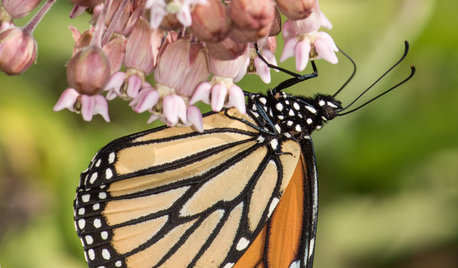
FLOWERS AND PLANTSHelp Monarchs and Other Butterflies by Planting Common Milkweed
Summer-blooming Asclepias syriaca is an important larval host plant for the monarch butterfly and attracts a number of pollinating insects
Full Story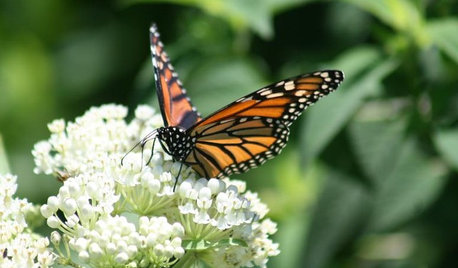
GARDENING GUIDESGreat Design Plant: Milkweed
Quit cringing. This not-weed plant is a sight to behold in the garden, has a delicious vanilla scent and is a magnet for butterflies
Full Story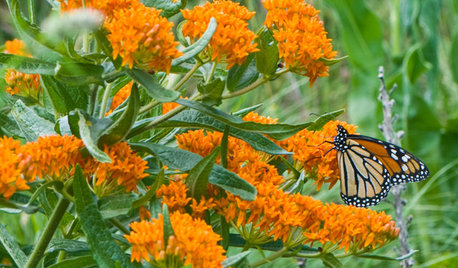
GARDENING GUIDESGreat Design Plant: Butterfly Milkweed, a Beacon in the Prairie
Vivacious orange flowers for you, nectar for the butterflies and bees. Asclepias tuberosa is worth planting for more reasons than one
Full Story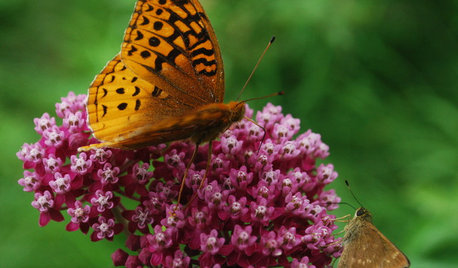
GARDENING GUIDESGreat Design Plant: Asclepias Incarnata for a Butterfly Garden
Beautiful swamp milkweed makes it easy to help monarchs and other pollinators in eastern U.S. gardens
Full Story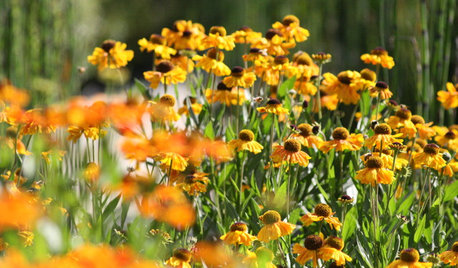
GARDENING GUIDESWhat’s in a Name? See 6 Wildflowers That Aren’t ‘Weeds’ at All
Dispel the stereotypes of weeds and try these wildlife-supporting native wildflowers in your garden
Full Story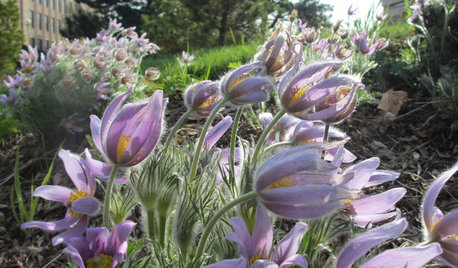
GARDENING GUIDES6 Plants That Beat Butterfly Bush for the Wildlife Draw
It's invasive, a nonnative and a poor insect magnet. Check out these better alternatives to butterfly bush in the garden
Full Story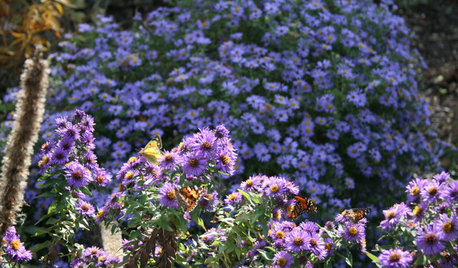
FLOWERS15 Native Flowers That Attract Butterflies
By picking plants from this list that are right for your location, you’ll get colorful blooms and support pretty pollinators
Full Story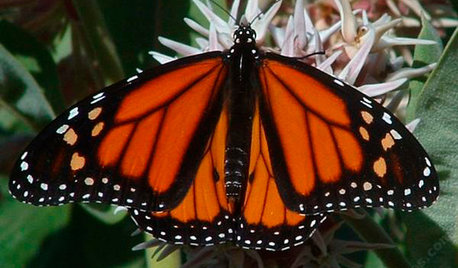
CALIFORNIA NATIVE PLANTSGreat Design Plant: Asclepias Is Attractive to Monarch Butterflies
Increase monarch butterfly populations in California by planting stunning native milkweeds
Full Story
GARDENING FOR BUTTERFLIESBe a Butterfly Savior — Garden for the Monarchs
Keep hope, beauty and kindness alive in the landscape by providing a refuge for these threatened enchanters
Full Story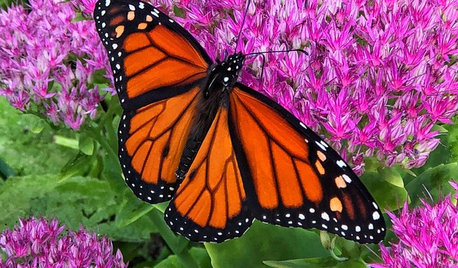
GARDENING GUIDES6 Steps to Creating Your Butterfly Garden
Encourage these fanciful winged beauties to visit your garden while helping restore their fragmented habitat
Full StorySponsored
Columbus Area's Luxury Design Build Firm | 17x Best of Houzz Winner!
More Discussions



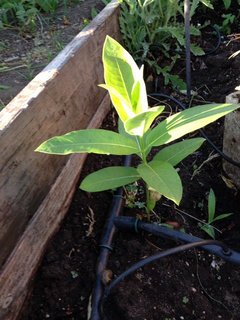
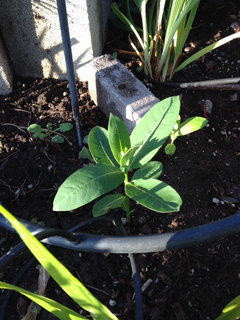
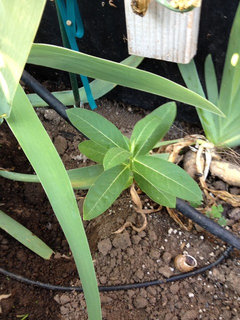
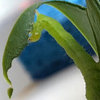
bernergrrl